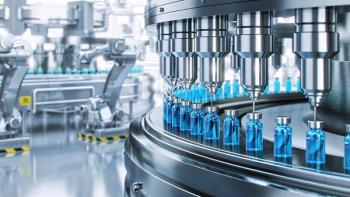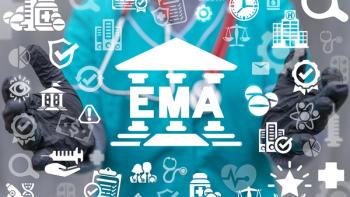
FDA Requests Feedback on Biosimilar Interchangeability
On February 3, 2015, the FDA published a notice in the Federal Register that it is soliciting input on the collection of data to support interchangeability claims in biosimilar applications.
On February 3, 2015, the FDA published a notice in the Federal Register that it is soliciting input on the collection of data to support interchangeability claims in biosimilar applications.
In order for its product to be considered a biosimilar, a manufacturer must demonstrate that the product is highly similar and has no clinically meaningful differences from the reference product. To be an interchangeable product, a product must first demonstrate biosimilarity, and, for a product administered more than once to an individual, the risk in terms of the safety of diminished efficacy of alternating or switching between it and a reference product must not be “greater than the risk of using the reference product without such alteration or switch.”
FDA estimates that the “burden” for seeking licensure for an interchangeable product will be approximately 860 hours, the same time the agency says is required for a product submitted through a biologics license, or the 351(a), application. Based on the number of 351(k) submissions FDA received last year, it expects five new 351(k) applications annually, and of the five per year, only two are expected to request an interchangeability status.
To date, there are only two comments on the item in the Federal Register and they date back to April 2012. A
Although Novartis has not yet submitted an application to FDA seeking an interchangeability status for its biosimilar of Amgen's Neupogen (filgrastim), the
Sources:
Newsletter
Stay at the forefront of biopharmaceutical innovation—subscribe to BioPharm International for expert insights on drug development, manufacturing, compliance, and more.




